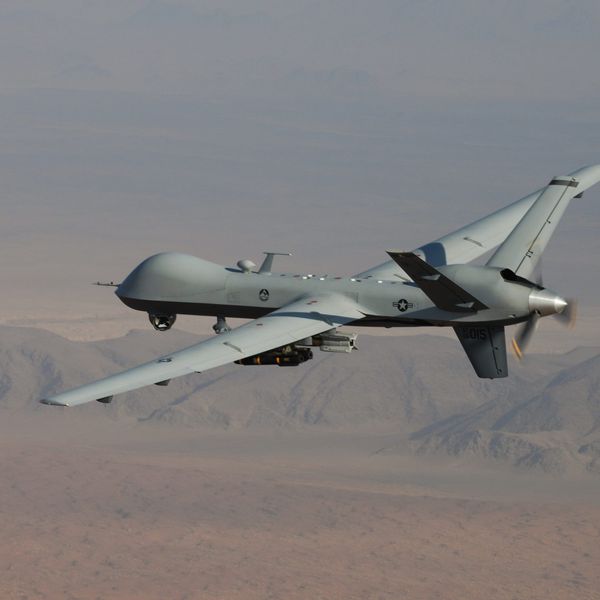There are reports this morning that the Taliban have entered the capital city of Kabul. Developments on the ground are happening quickly after a week in which the insurgent group took one key provincial city after another, exposing the weakness of the Afghan military forces to hold them, and the government in Kabul to resist them.
According to the Washington Post, the Taliban have been instructed by its leadership not to push further into the city with force and that talks with the government were supposedly underway.
As of this morning the U.S. embassy was still functioning, but the majority of personnel were expected to be evacuated after Biden announced that 5,000 U.S. troops would be sent in to bring Americans and those Afghans with special immigrant visas out of the country.
Once America invaded Afghanistan and upended the internal and regional power dynamics the cost of withdrawal became a suspended prison sentence. President Biden’s decision to withdraw from Afghanistan was the correct one, but its execution suggests that Washington may not have learned the right lessons from the last 20 years. Our engagement need not make the false choice between indefinite military intervention and total disengagement.
President Ghani’s reported flight from the country and any resulting interim government are the consequence of the Afghan government’s inability to quell rapid Taliban gains on the battlefield. The fall of the majority of Afghanistan in just over a week is a brutal indictment of two decades of U.S. interventionist policy in the region that also spent hundreds of billions of dollars on Afghan security forces but made them reliant on a permanent U.S. presence. However, the reality is that the Taliban made gradual gains for years, and the status quo of an increasingly deteriorating stalemate was only made possible by indefinite U.S. troop deployments.
The Taliban’s rapid advances throughout the country over the last month relied on local leaders to facilitate surrenders. Poor leadership in Kabul and undersupplied Afghan soldiers eroded morale and expedited these surrenders. Washington overestimated the legitimacy of the central Afghan government, but, most importantly, it exaggerated the willingness of Afghans to fight for that system even if they preferred it over a return of the Taliban Emirate.
Too much commentary over the last 24 hours points to what the Taliban have achieved and naively asks, "why couldn't the United States pull that off?" The region and local power brokers knew the United States would leave one day. They also knew the Taliban wouldn't.
The United States has been planning to withdraw from Afghanistan or carrying out a limited form of it for approximately a decade. A timely withdrawal by President Biden was the correct decision. We did not need another drawn-out charade. But President Biden’s execution of the withdrawal reflected a desire to wipe America’s hands clean of future engagement with Afghanistan. It unnecessarily placed former interpreters, women's rights defenders and other Afghans at risk rather than evacuating them in an orderly manner. It also made few attempts to explore what future engagement might look like.
Today marks an important inflection point in U.S. foreign policy abroad: will we remain engaged in a region after U.S. troops leave or will we disengage completely? The latter would not truly end the forever wars but simply pause them. Finding a way to engage with troubled parts of the world in a way that does not rely on a militarized foreign policy is the only way to end costly military interventions for good.
















